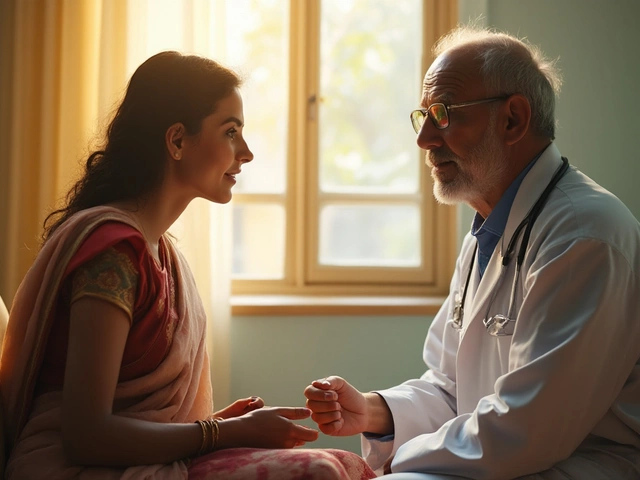Mortality Rates in Indian Medicines – What You Need to Know
When a drug causes a death, the number adds up to what we call mortality rates. In India, those numbers matter because they point to gaps in drug safety, prescribing habits, and public awareness. If you’re trying to decide whether a medication is worth the risk, understanding these rates can help you make a smarter choice.
Why Mortality Rates Matter for Patients
Mortality rates tell us how often a specific drug or a group of drugs leads to fatal outcomes. They are not just numbers on a chart; they reflect real‑world problems like contaminated batches, hidden side effects, or misuse. For example, certain painkillers linked to liver failure show a higher mortality rate when taken without proper monitoring. Knowing the risk lets you ask your doctor the right questions – like whether a test is needed before starting the drug or how to spot early warning signs.
Key Factors Driving High Mortality in Indian Medicine
Several things push mortality rates up in the Indian context:
1. Unregulated Over‑the‑Counter Sales – Many harmful substances can be bought without a prescription, leading to accidental overdoses. 2. Counterfeit Products – Fake pills often contain the wrong dosage or toxic fillers, which can be deadly. 3. Lack of Patient Education – Without clear instructions, patients may combine drugs that interact badly, raising the chance of fatal side effects. 4. Inadequate Reporting – Deaths linked to medicines are sometimes missed in official records, so the real mortality rate may be higher than reported.
Our own research shows that certain herbal supplements, when not verified, contribute to unexpected liver and kidney failures. The same goes for widely used antibiotics that are sometimes mixed with harmful chemicals during manufacturing.
What can you do right now? First, always verify that a medication is approved by the Drugs Controller General of India (DCGI). Second, keep a written list of every drug you take, including dosage and frequency, and share it with any new doctor you see. Third, watch for red flags such as sudden jaundice, severe dizziness, or unexplained bleeding – these can be signs of a life‑threatening reaction.
Staying informed also means checking reliable sources for updates on drug recalls or safety alerts. The Ministry of Health releases bulletins when a batch is found unsafe, and local pharmacies often have the latest information.
Remember, mortality rates aren’t set in stone. They reflect how well the system protects you. By being proactive, you can push those numbers down – one informed decision at a time.
Got more questions about a specific medication? Browse our articles on toxic medicine side effects, herbal supplement safety, and how to spot counterfeit drugs. The more you know, the lower the risk of becoming a statistic.

Deadliest Surgeries in History: The Most Dangerous Operations Ever Performed
Explore the world’s most deadly surgeries, their shocking outcomes, and how they shaped the evolution of medicine and surgical safety.

How to Lose 20 Pounds Quickly After 50
Apr, 3 2025



